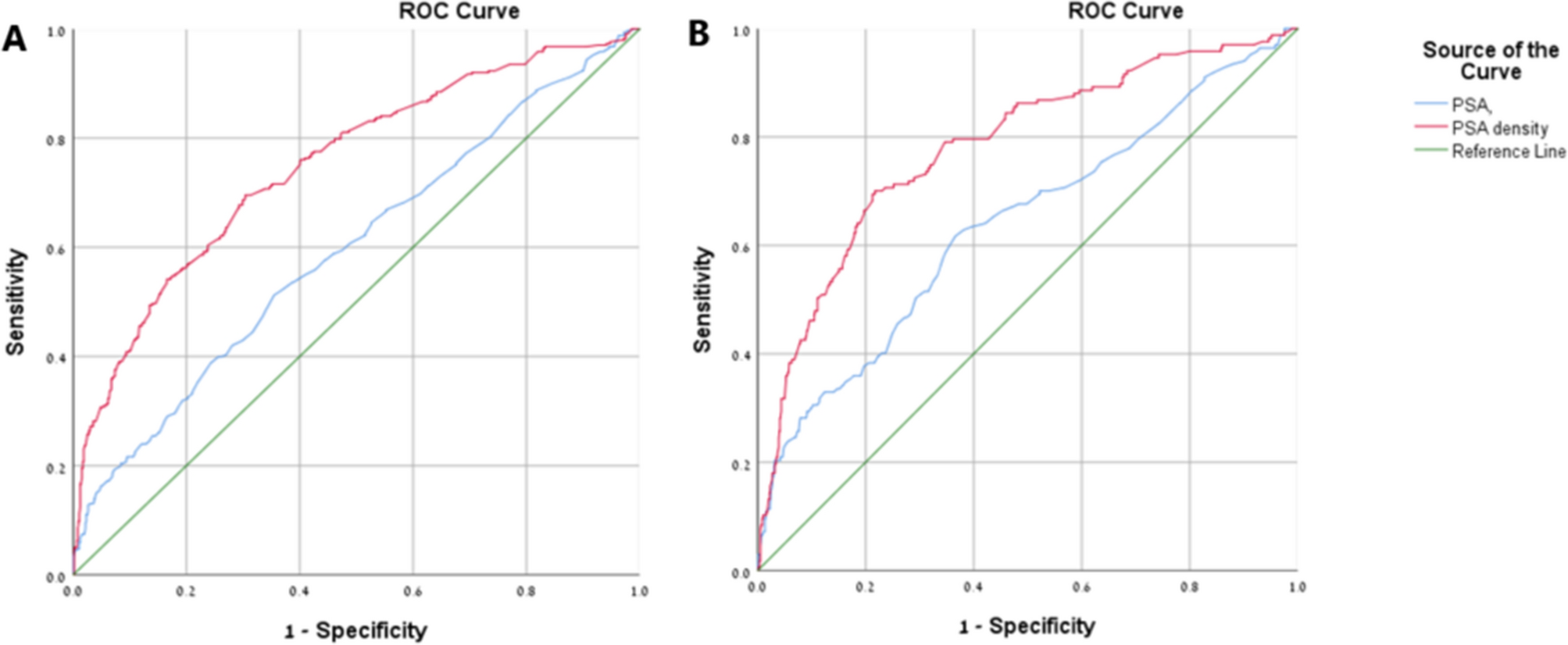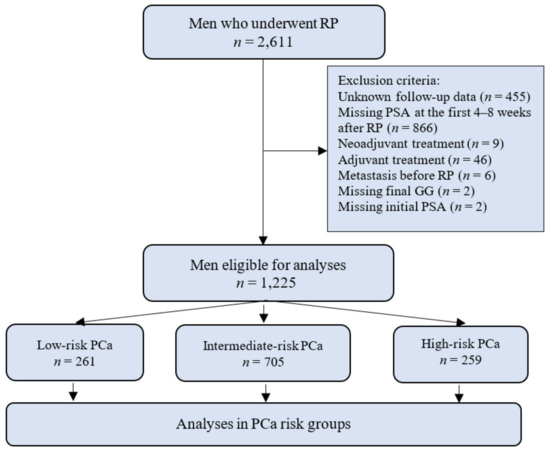
Diagnostic Performance and Clinical Impact of 68Ga-PSMA-11 PET/CT Imaging in Early Relapsed Prostate Cancer After Radical Therapy: A Prospective Multicenter Study (IAEA-PSMA Study) | Journal of Nuclear Medicine

Untangling the association between prostate-specific antigen and diabetes: a systematic review and meta-analysis

Isolated prostate cancer soft tissue recurrence 10 years after radical prostatectomy | BMJ Case Reports
The Predictive Ability of Prostate-Specific Antigen (PSA) Density and Free/Total PSA Ratio in Diagnosing Clinically Significant Prostate Cancer (PCa) in Patients with Histologically Confirmed PCa with a PSA Level of 2.5-10 Ng/ML. -

The use of prostate specific antigen density to predict clinically significant prostate cancer | Scientific Reports

Optimizing anti-androgen treatment use among men with pathologic lymph-node positive prostate cancer treated with radical prostatectomy: the importance of postoperative PSA kinetics | Prostate Cancer and Prostatic Diseases

Cancers | Free Full-Text | The Significance of Prostate Specific Antigen Persistence in Prostate Cancer Risk Groups on Long-Term Oncological Outcomes

CD8+ T Cells Impact Rising PSA in Biochemically Relapsed Cancer Patients Using Immunotherapy Targeting Tumor-Associated Antigens: Molecular Therapy







![Solved 14. [16/18 Points] DETAILS PREVIOUS ANSWERS ASWESBE9 | Chegg.com Solved 14. [16/18 Points] DETAILS PREVIOUS ANSWERS ASWESBE9 | Chegg.com](https://media.cheggcdn.com/media/c8a/c8a0ea28-73bd-4823-ac0e-14aaa190789a/php2y9MrN)
